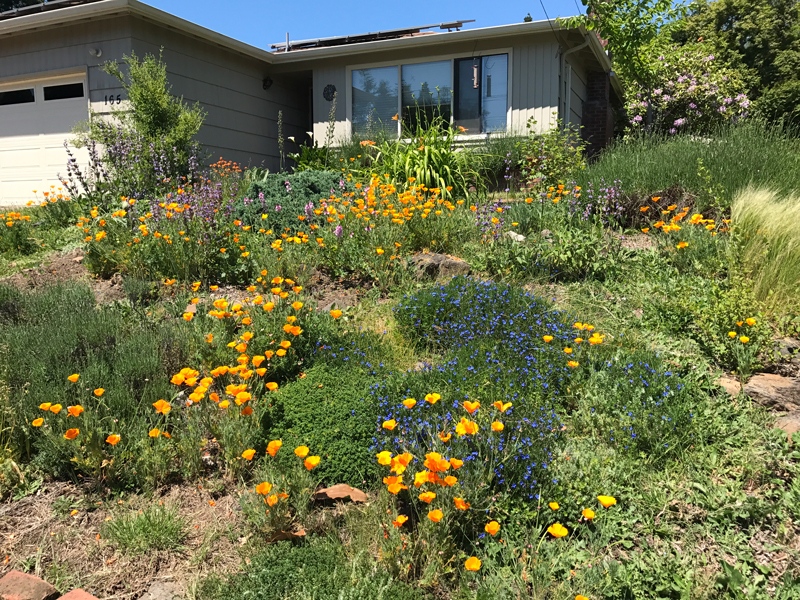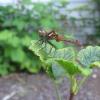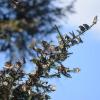Since the publication of our book Attracting Native Pollinators in 2011, interest in pollinators and pollinator-friendly gardening has grown substantially. Through our Bring Back the Pollinators campaign and the release of two additional books, we’ve worked hard to put information and resources in the hands of eager citizens who are inspired to protect pollinators in their community.
When it comes to selecting plants, not everyone is a “plant nerd.” Those who are less familiar with plants might turn to mass-produced “wildflower mixes,” consisting primarily of non-native annuals, or choose plants at their local garden center that are marketed as pollinator friendly, but may not be regionally appropriate (or even native). Native plants have been found to be four times more attractive to pollinators than non-natives, and many butterflies only lay eggs on native species.

Even well-established gardening magazines will frequently publish plans for “butterfly gardens” that include plants that only include nectar plants for adult butterflies, but do not include host plants – specific plants or plant families that an adult butterfly will lay its eggs upon that later become the food source for emerging caterpillars. The result may be a garden where butterflies are happy to pass through, but won’t be staying to create future generations for you to enjoy.
Through the years we have worked with leading researchers to produce plant lists that are as regionally specific and complete as possible, including plants known to provide the best resources to native bees and butterflies. That said, variations between inland vs. coastal areas, urban vs. rural, or even north vs. south in a region can have a dramatic impact on what plants will thrive in your own garden. Before investing in plants or seed, consider digging deeper to learn about what works in your area.
Visit an arboretum or botanical garden.
Many university-affiliated arboretums and public botanical gardens now include pollinator gardens, and have staff knowledgeable in plants local to the area. The American Public Gardens Association maintains a directory of public gardens across the U.S. Often these gardens offer classes and workshops and can be a great resource for growing your plant knowledge. Call ahead to find out if the garden nearest you maintains plantings of native, pollinator friendly plants.
Contact a native plant or wildflower society.
Native plant and native wildflower societies exist in nearly every state. Members will be knowledgeable about what plants thrive locally in your area, and these groups often can provide lists of plants and information about local native plant nurseries where you can obtain them. Look for nurseries in your state or as geographically close as possible to ensure you’re buying plant material that will thrive in your area.
Find a garden “guru.”
Through the Million Pollinator Garden Challenge, gardeners have pollinator-friendly landscapes across the country in all 50 states and beyond. Chances are there’s a registered garden in your area, with a gardener who can share “war stories” of what’s worked and what hasn’t. Garden clubs and Master Gardeners can be great sources for this information as well.
Become a Butterfly Aficionado.
When gardening for butterflies, it’s often a good idea to work backwards, identifying the butterflies that are most common in your area to discover their preferred host plants. book Gardening for Butterflies profiles major butterfly families and includes information on dozens of host plants for every part of the country. You may also consider contacting the North American Butterfly Association to find out if there is a chapter local to your area.
Armed with your new knowledge—now it’s time to start thinking about all the places you can start planting for pollinators!



